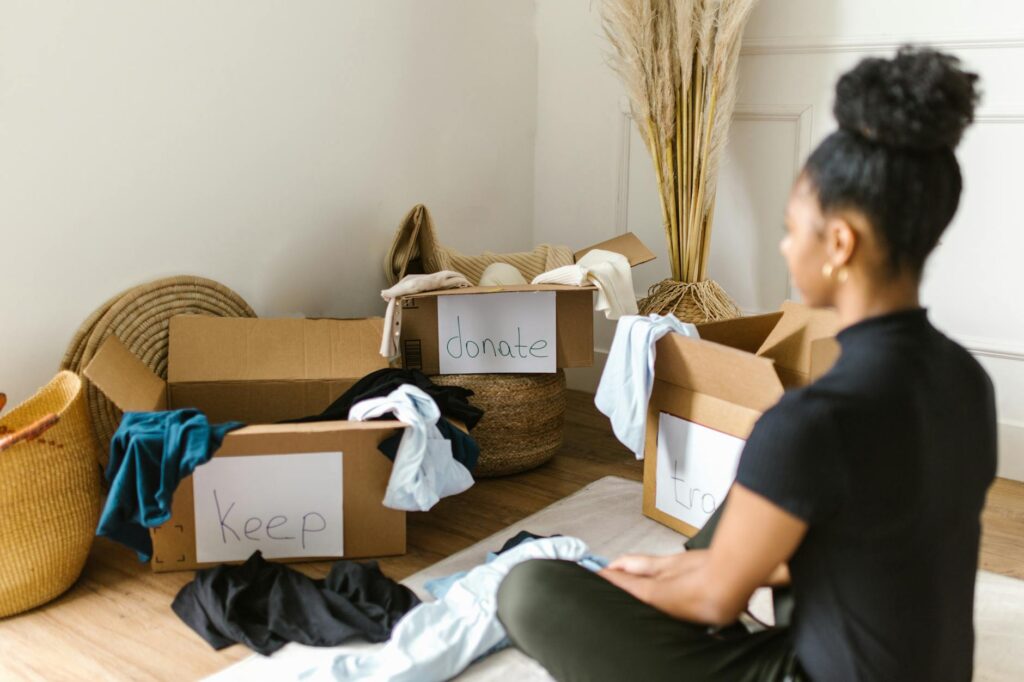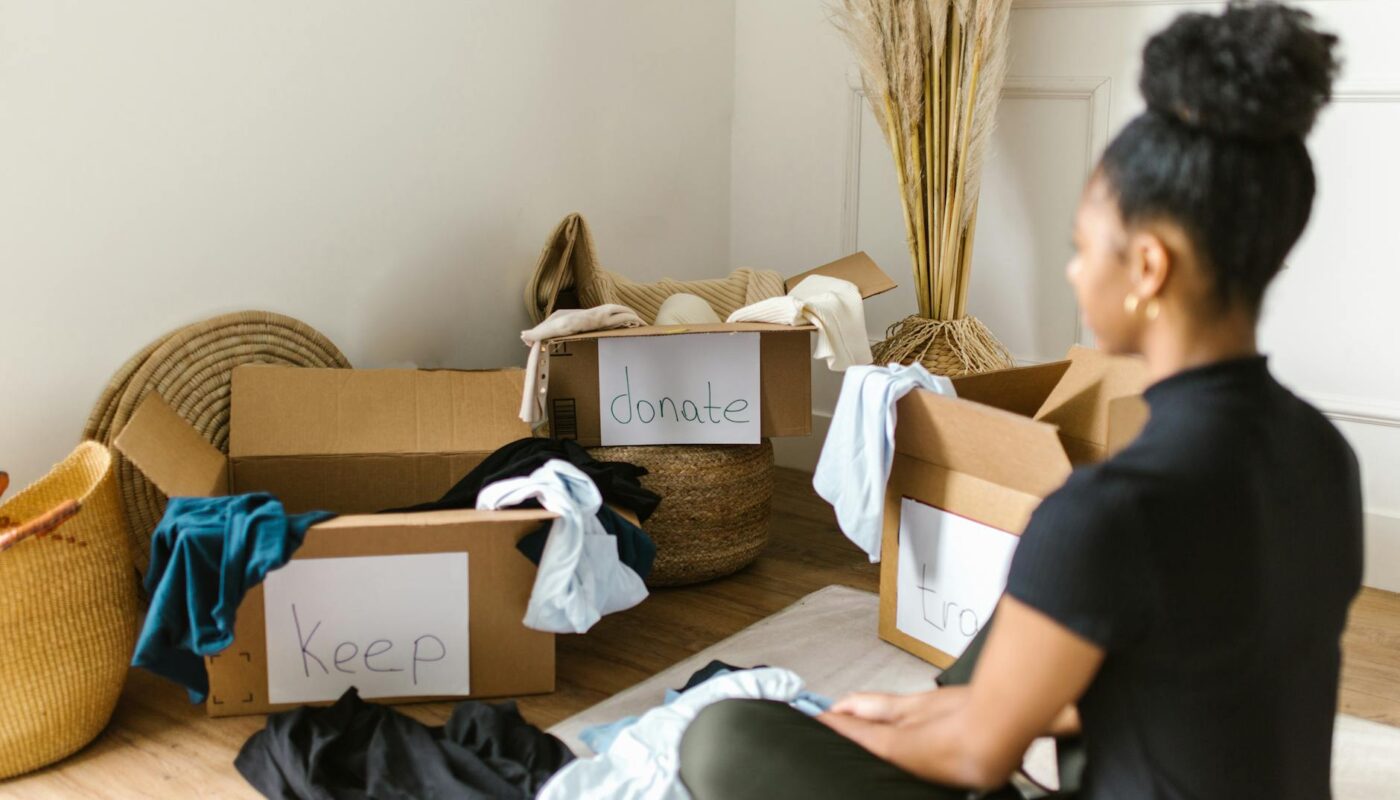Protecting Your Valuables: A Guide to Insuring High-Value Items at Home
Owning valuable items like jewelry, artwork, or collectibles brings joy, but it also brings responsibility. Ensuring these prized possessions are adequately protected is crucial. This guide will walk you through the process of insuring high-value items within your homeowner’s or renter’s insurance policy.
Understanding Your Existing Coverage
Before exploring additional insurance, review your current homeowner’s or renter’s insurance policy. Most policies offer some coverage for personal belongings, but this coverage often has limitations. The standard coverage usually provides a lower limit and may not fully compensate you for the replacement cost of high-value items. Check your policy’s limits for specific categories such as jewelry or electronics. You might find that your valuable items are not covered at all unless specified, so it is recommended to contact your insurer for more information. Find out more about standard coverage here.
Scheduling Valuables: A Critical Step
To ensure adequate coverage for your high-value items, you’ll likely need to schedule them. Scheduling means specifically listing these items on a separate document attached to your policy, along with their description and estimated value. This requires professional appraisals for certain items like artwork or antiques.  For jewelry, obtain a professional appraisal with photographs and detailed descriptions from a certified gemologist. Learn more about the appraisal process.
For jewelry, obtain a professional appraisal with photographs and detailed descriptions from a certified gemologist. Learn more about the appraisal process.
Choosing the Right Coverage: Replacement Cost vs. Actual Cash Value
There are two main types of coverage you should be aware of. Replacement cost coverage will reimburse you for the cost of replacing your item with a new one of similar kind and quality. Actual cash value coverage, on the other hand, will reimburse you for the depreciated value of your item.  For high-value items, replacement cost coverage is strongly recommended, as it prevents significant financial loss due to depreciation. Read our guide on replacement cost.
For high-value items, replacement cost coverage is strongly recommended, as it prevents significant financial loss due to depreciation. Read our guide on replacement cost.
Protecting Your Investments: Beyond Insurance
Insurance is a vital component of protecting high-value items, but it’s not the only step you should take. Proper storage is important. Store valuable items in secure locations such as a safe or safety deposit box. Regularly review and update your scheduled items list, especially if your collection changes. Consider additional security measures for your home, such as a security system. [IMAGE_3_HERE] Explore home security options.
Working with Your Insurance Provider
Communicate clearly and openly with your insurance provider. Be prepared to provide detailed information about your valuable items. When filing a claim, make sure to gather any necessary documentation, such as appraisals, purchase receipts, and photographs. A proactive approach to communication can make the claims process smoother. Learn more about filing an insurance claim.
In conclusion, insuring high-value items requires careful planning and proactive steps. By understanding your coverage, scheduling items correctly, and taking additional precautions, you can protect your valuable assets and gain peace of mind. Remember to review your policy periodically and adapt your insurance coverage as needed.
Frequently Asked Questions
What type of items need to be scheduled? Items exceeding a certain value limit specified in your policy, usually high-value jewelry, art, electronics, collections, etc. need to be scheduled.
How often should I update my scheduled items list? It’s recommended to review and update this list annually, or whenever there are significant changes in your possessions.
What happens if I don’t schedule my valuables and they are lost or damaged? You may receive only limited compensation or none at all depending on your policy’s terms and conditions.
What should I do if I have a claim? Immediately contact your insurance provider and report the incident, gathering all necessary documentation such as police reports, and photos of damaged items.
Can I insure items I’ve inherited? Yes, but you will likely need to provide proof of ownership and an appraisal.



